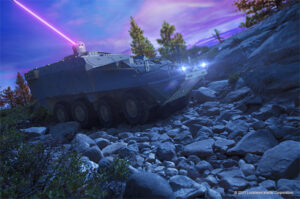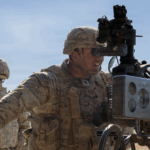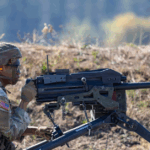
Lockheed Martin [LMT] has detailed its intent to pursue the Army’s program to field a Stryker-mounted 50-kilowatt laser system, with plans to demonstrate the capability in late 2022. Tyler Griffin, business development director for Lockheed Martin Rotary and Mission Systems’ advanced product solutions, told reporters the company is developing the Directed Energy Interceptor for Maneuver Short-Range Air Defense System, or DEIMOS, and will offer the capability when Army is slated to begin the production competition in fiscal year 2023. “Here…

 By
By 











